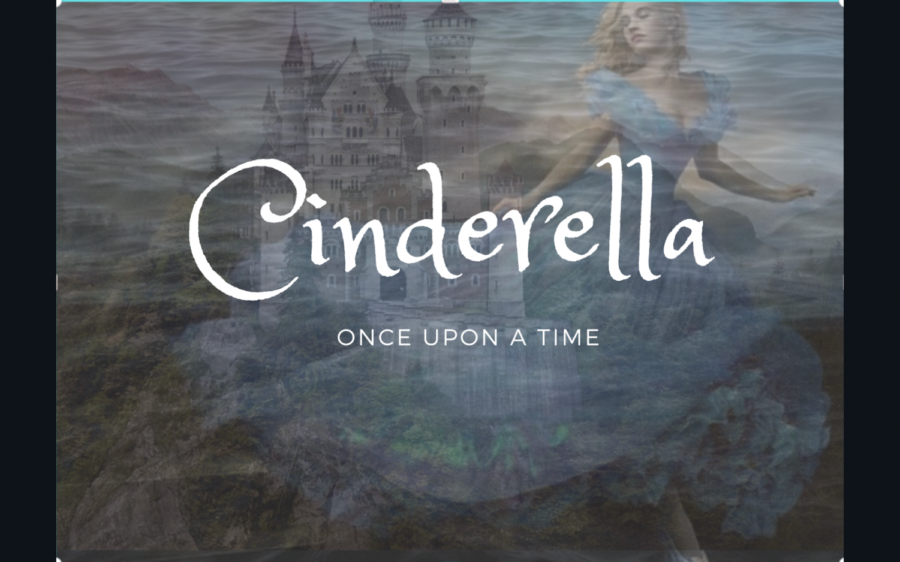Retelling Cinderella: A Different Point Of View
Perhaps the iconic story of Cinderella is not so iconic.
“Perhaps the greatest risk any of us will ever take is to be seen as we really are.” ― Cinderella
The story of Cinderella is a staple in many of our childhoods. The tale outlines Cinderella’s life under the terrible reign of her stepmother and two stepsisters, following the devastating deaths of both of her parents. After years of enduring torturous treatment, she meets a prince at an extravagant ball who saves her from her misery.
To young me, this story was magical, and the idea of being a princess was very appealing. Influenced by the Disney movie, I developed a strong belief that a princess needs a prince to be saved, that stepmothers are evil, that pretty means good while ugly means evil. However, as I grew up, I began to question these ideas. Why is the story that was supposed to be a fairy tale so dark and so twisted? What’s worse is that this story is written for children.
What Cinderella portrayed was not a magical fairytale but a reflection of our society. “I mean, the Prince and Cinderella barely knew each other but managed to fall in love,” said Molly Quito ’22. The idea of love at first sight sounds very appealing, but the reality is entirely different.
In this Disney movie story, the prince didn’t fall in love with Cinderella, but with her appearance instead. “It could have been different if the Disney writers developed the love story a little more instead of having them fall in love within one day,” said Sadia Ali ’22.
“The story of Cinderella encourages people to wait for their prince in shining armor,” said Arifa Tasmiya ’22. Cinderella glorifies gender inequality because it portrays Cinderella as a girl who is unable to do anything without the help of the prince.
Cinderella’s only role was to be saved and loved by the prince. “The prince could freely choose a woman of his liking to be his wife, and that woman wouldn’t refuse him, given that he is portrayed as a perfect, handsome bachelor that all women desire,”said Faria Diba ’22. In this Disney story, Cinderella was not given the choice to reject the prince because being his princess was her identity. This made me wonder, how could the story of Cinderella be told differently?
After doing a little research and interviewing several Bronx Science students, I came up with my own revised version of Cinderella. In this version of the story, the true villain was not the stepmother or step sisters but society instead. The stepmother marries Cinderella’s father in a hope of attaining a better future for her daughters because during that time period women had limited opportunities for success.
The stepmother tries her best to become a mother to Cinderella, but society thinks that she is evil because she is not Cinderella’s real mother. She does not force Cinderella to complete household work. Instead, they all work in order to support their family in the absence of a father figure who could help to provide financial stability.
Furthermore, the sisters are not evil. They try to get along with Cinderella but they are awkward because they are afraid that Cinderella may not like them. Moreover, they are constantly shamed by society because of their appearance, so they try to keep their distance from Cinderella so that she is not negatively affected as well.
In this new version, Cinderella is a girl who does not understand what it means to be a member of a family. After losing both of her parents, she feels like a burden to her stepmother. She does not know how to communicate with her family because she is afraid of being abandoned by them.
This revised version of Cinderella tells a more heartwarming story, a story where the females of this small family try to fight their own insecurities and the norms of society in order to improve their living situation. They work together and support each other as a family. In this story, there is no evil stepmother, no evil step sister, and no prince.
“The prince could freely choose a woman of his liking to be his wife, and that woman wouldn’t refuse him, given that he is portrayed as a perfect, handsome bachelor that all women desire,”said Faria Diba ’22.
Tasnim Tamanna is a Staff Reporter for 'The Science Survey.' Tasnim finds journalism to be appealing because she loves to tell stories through her articles....

